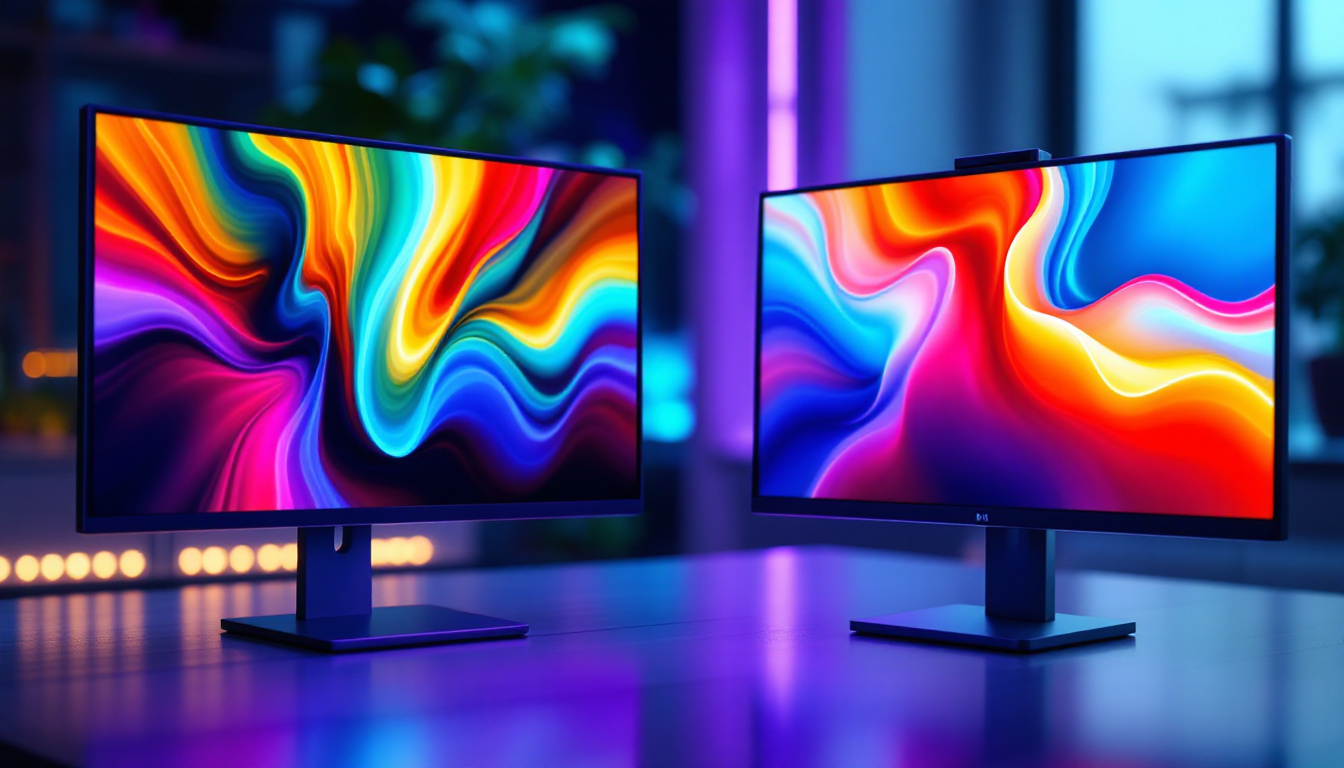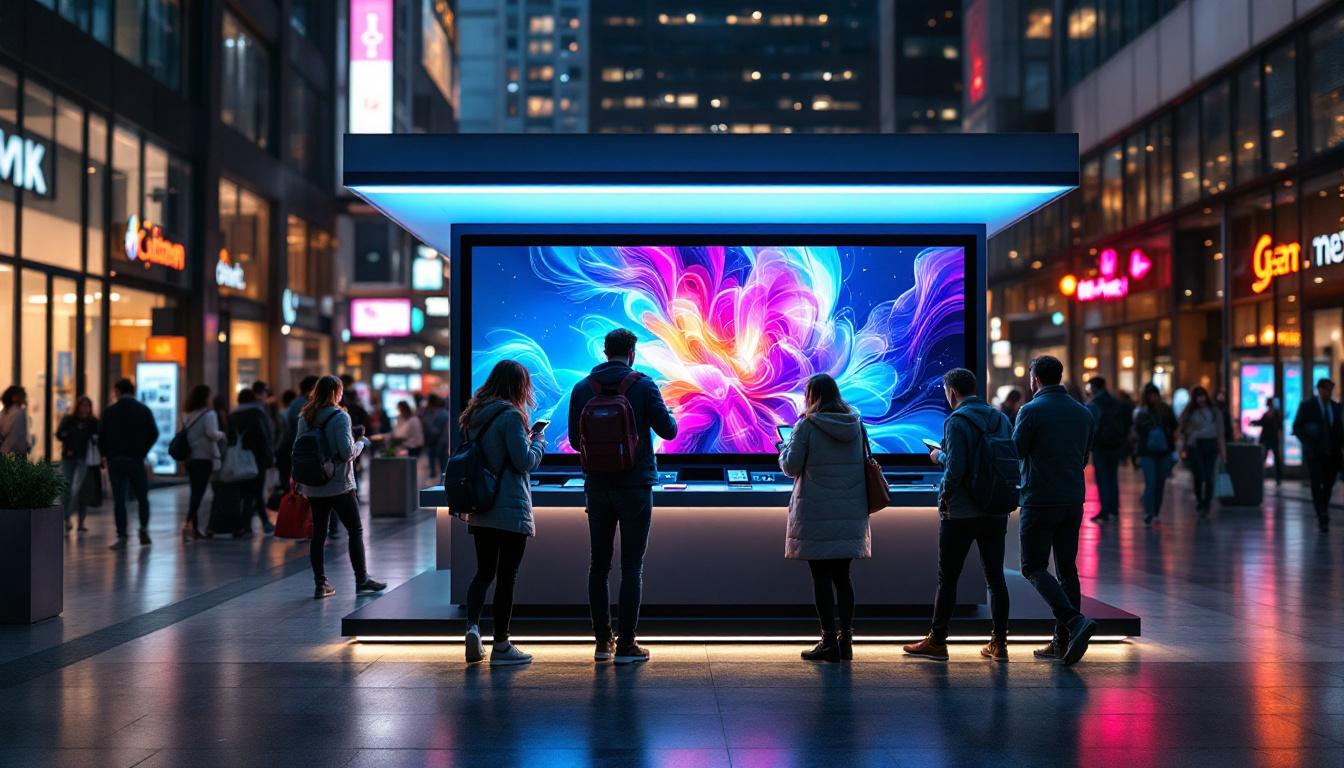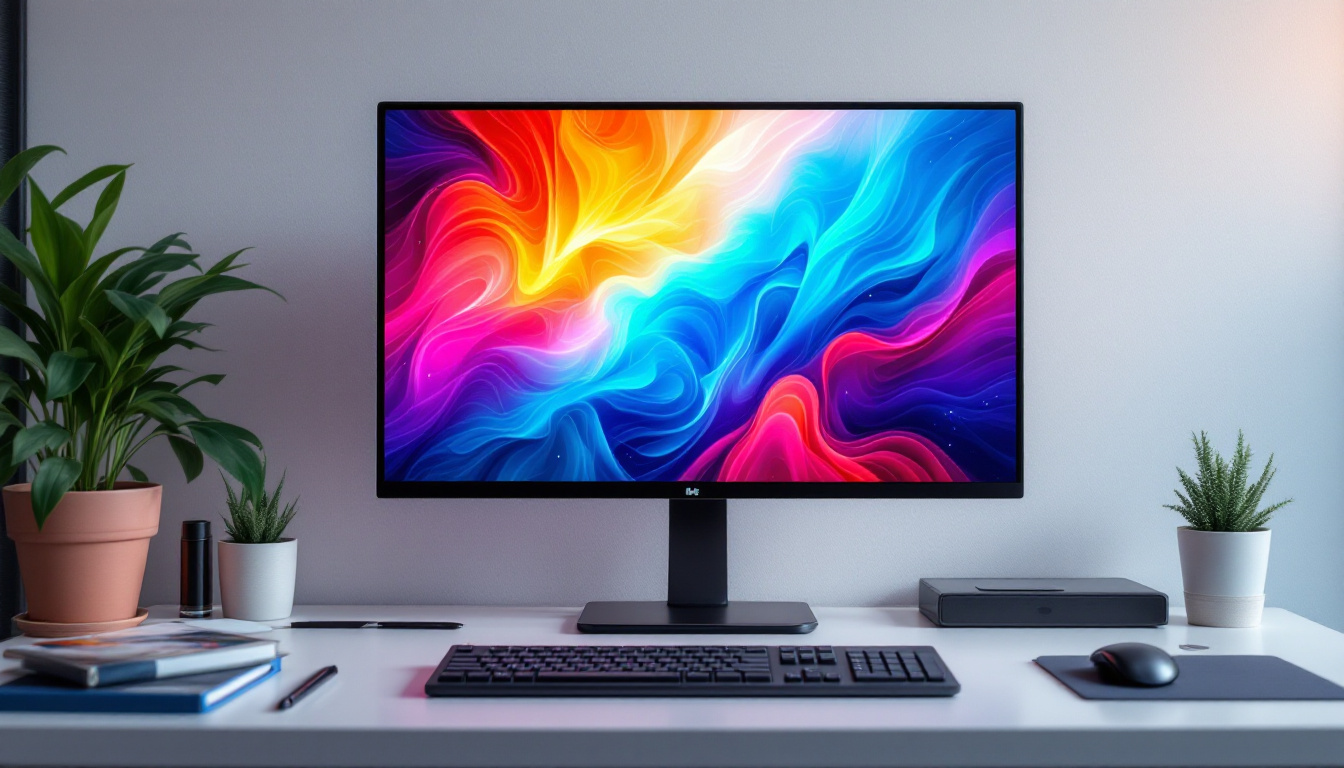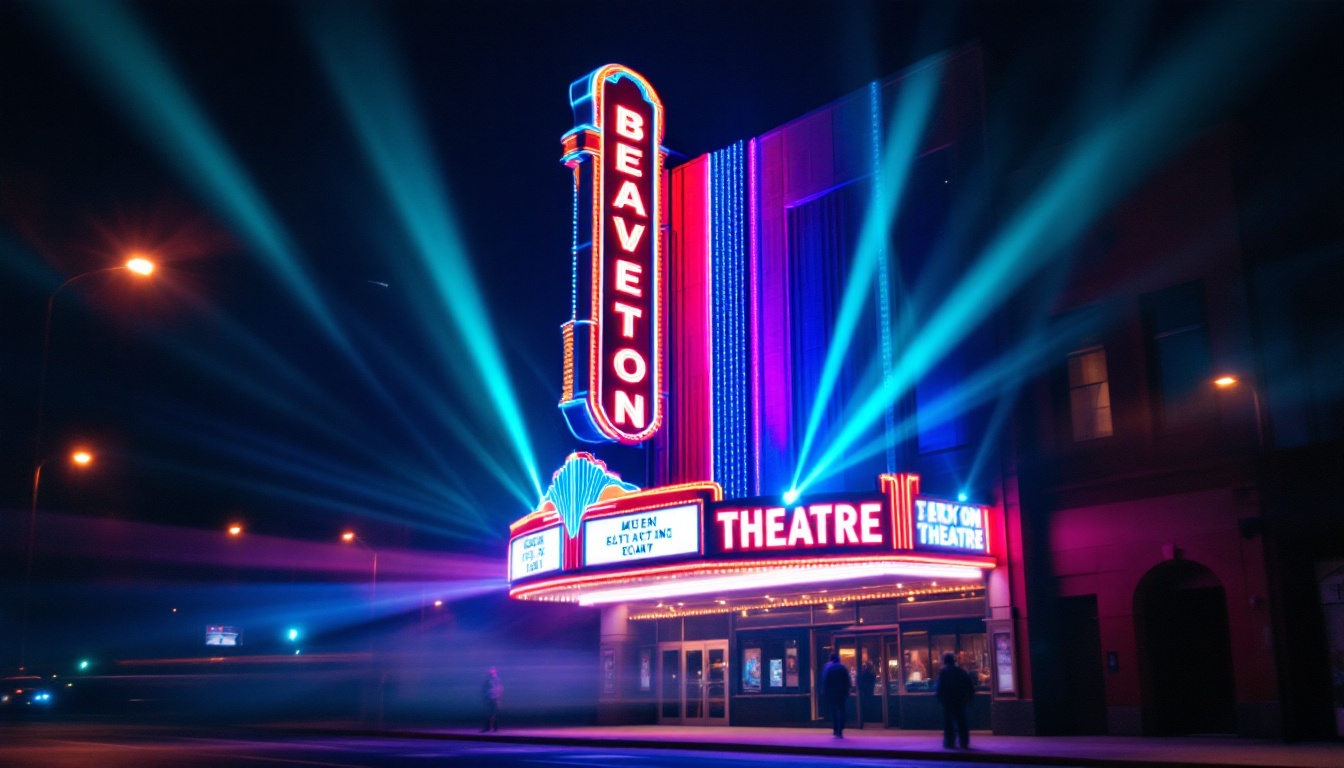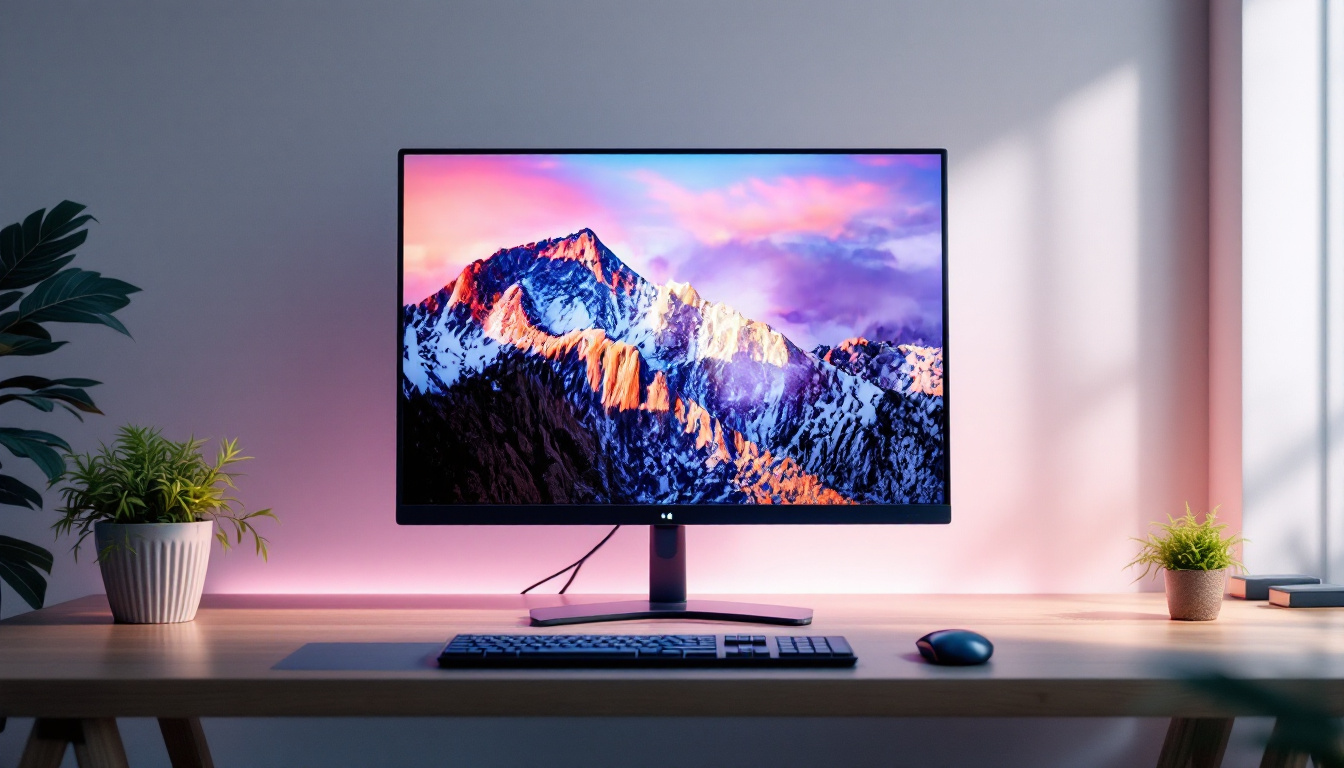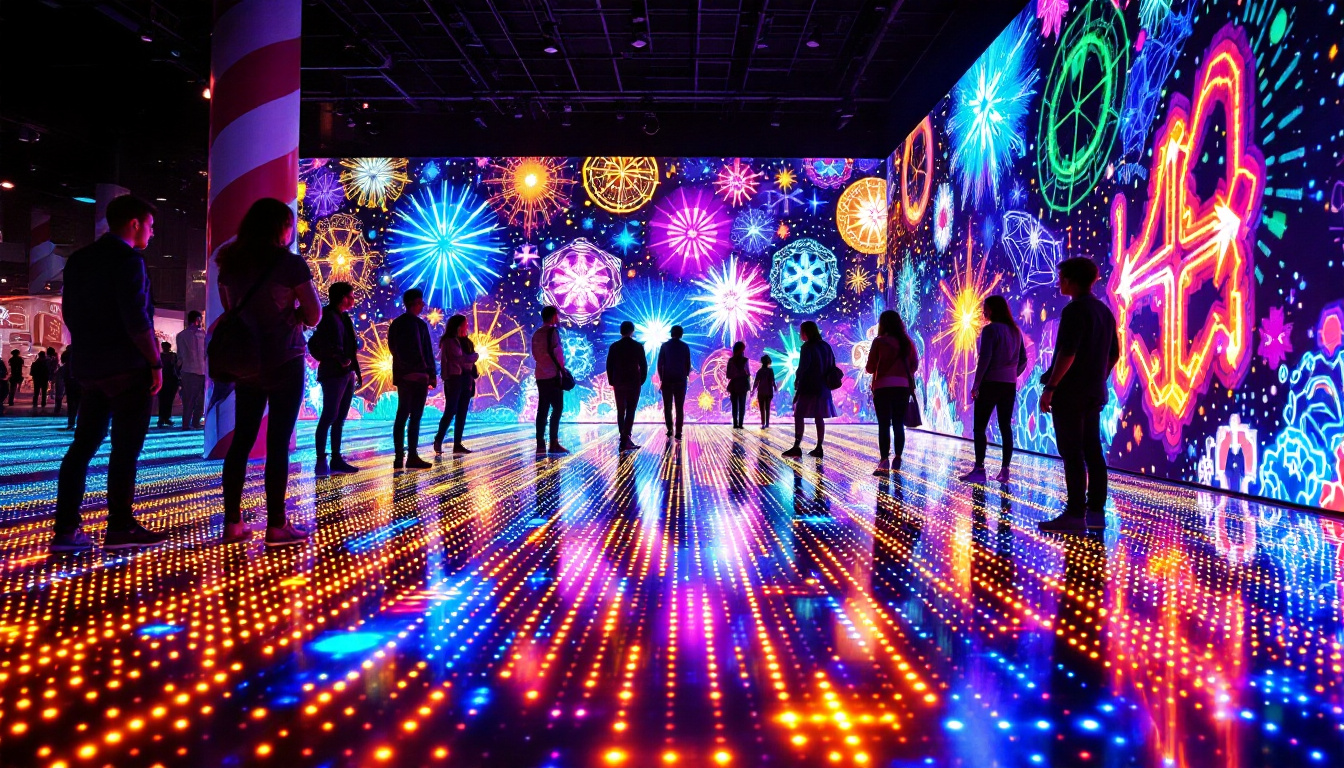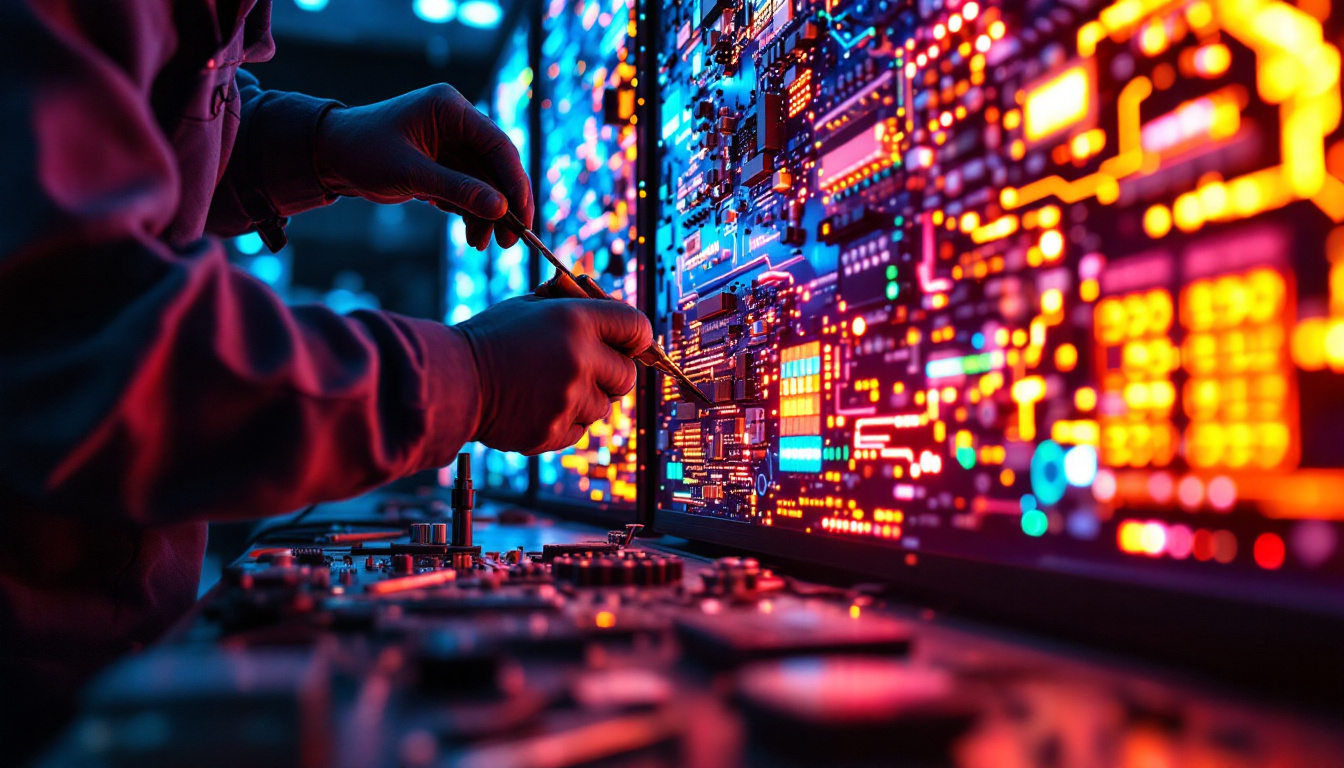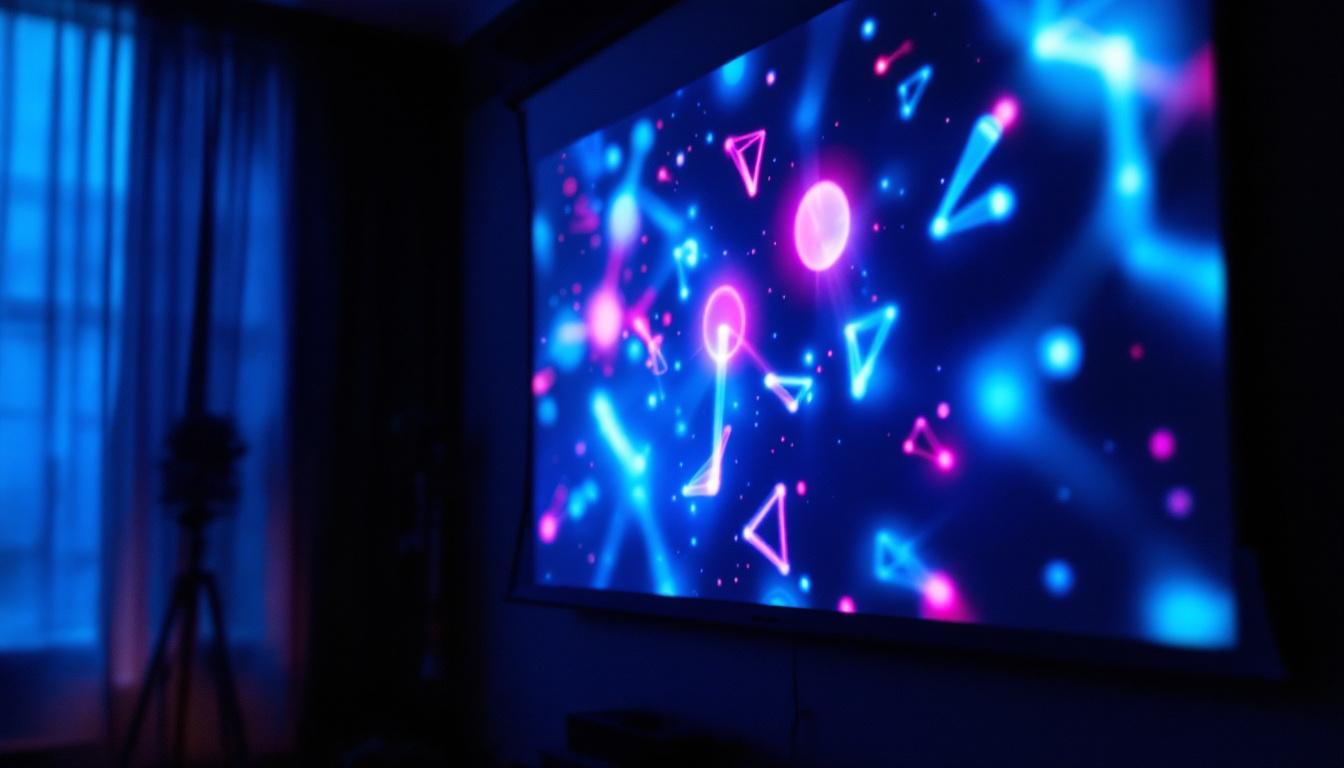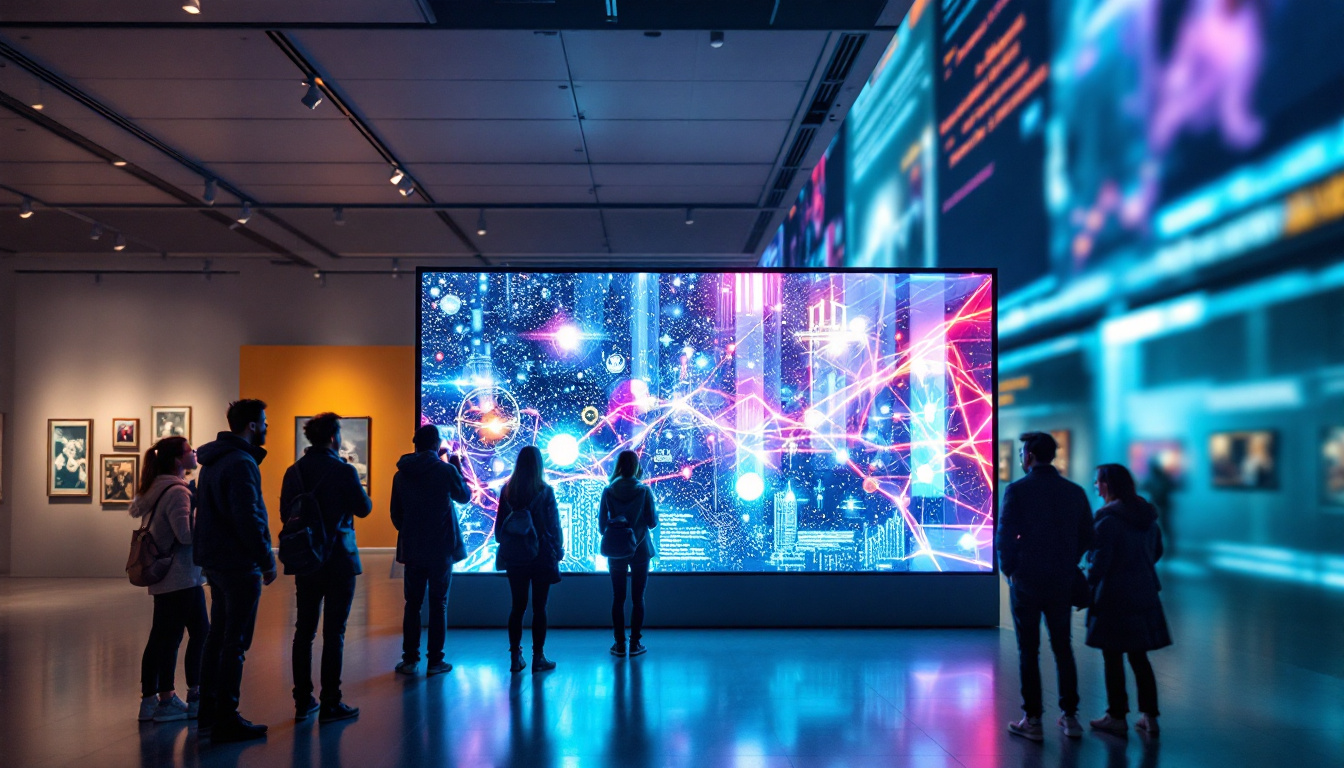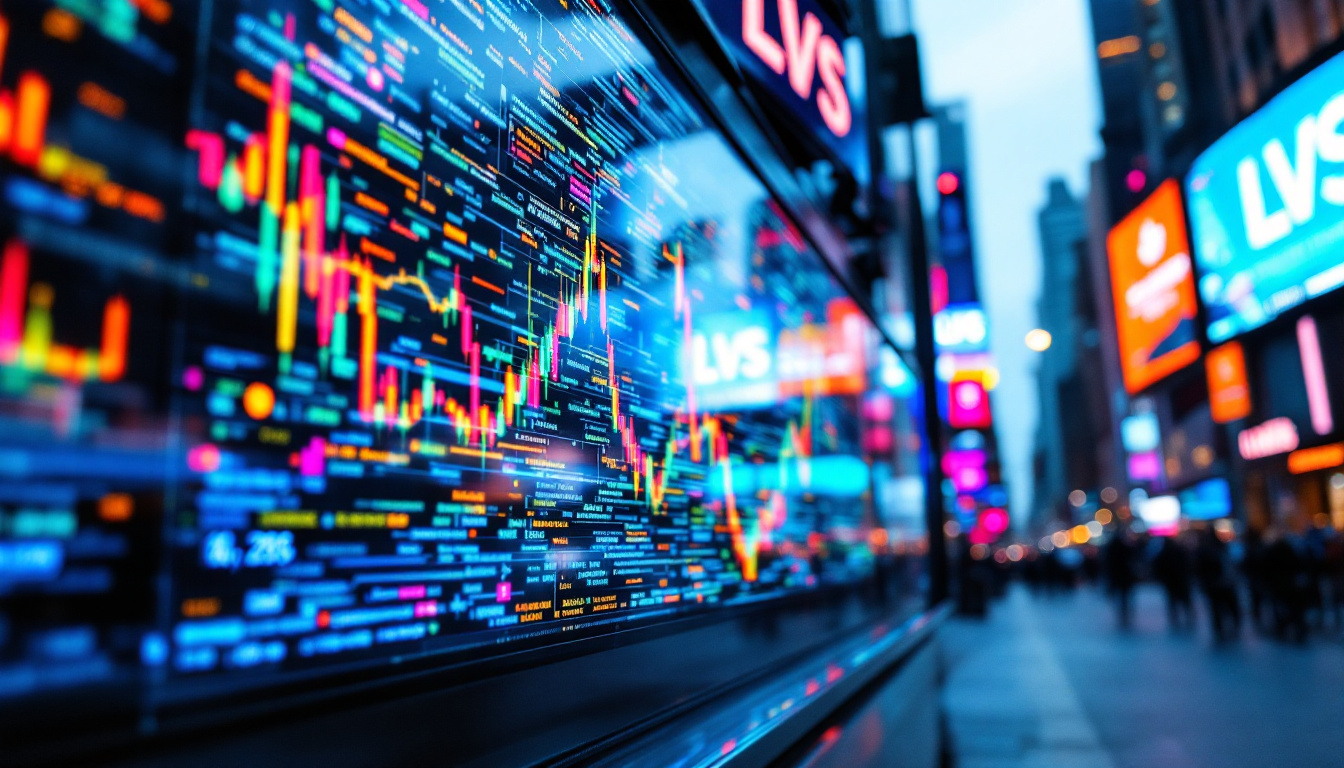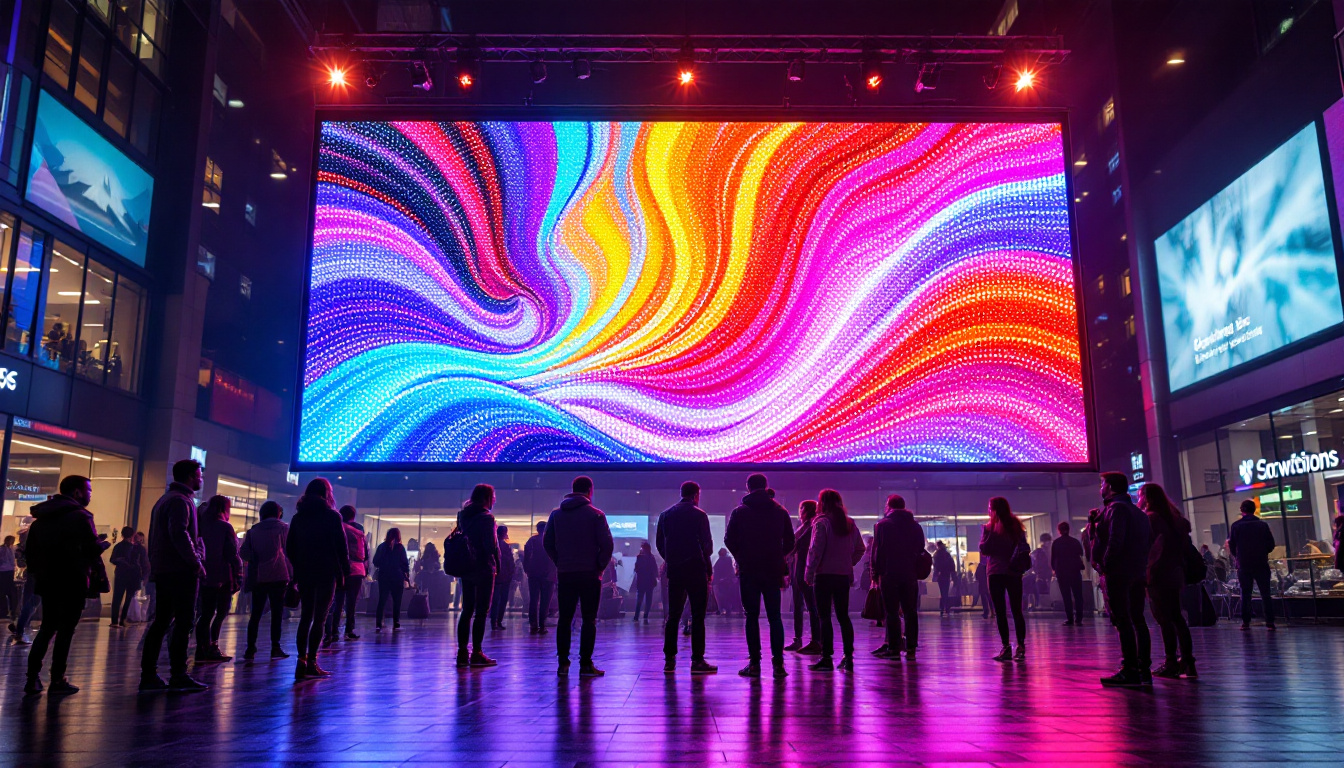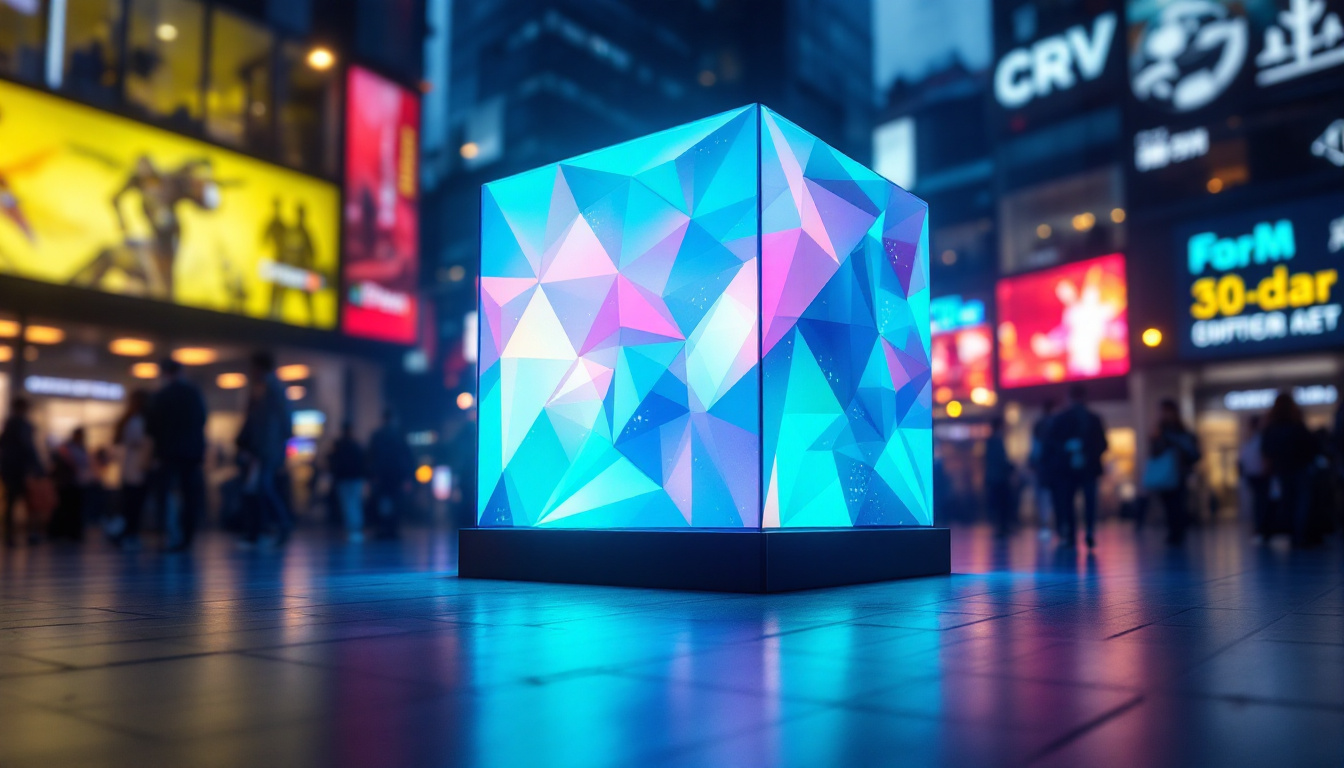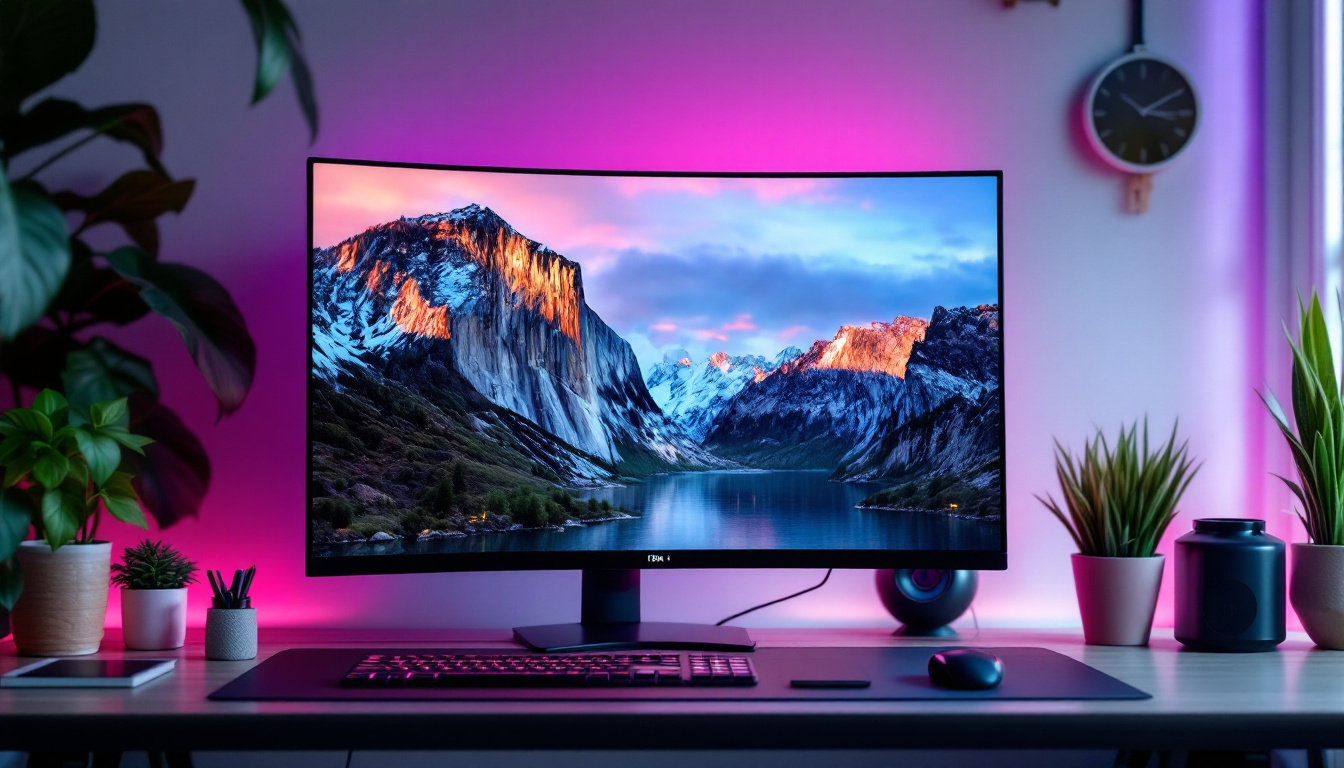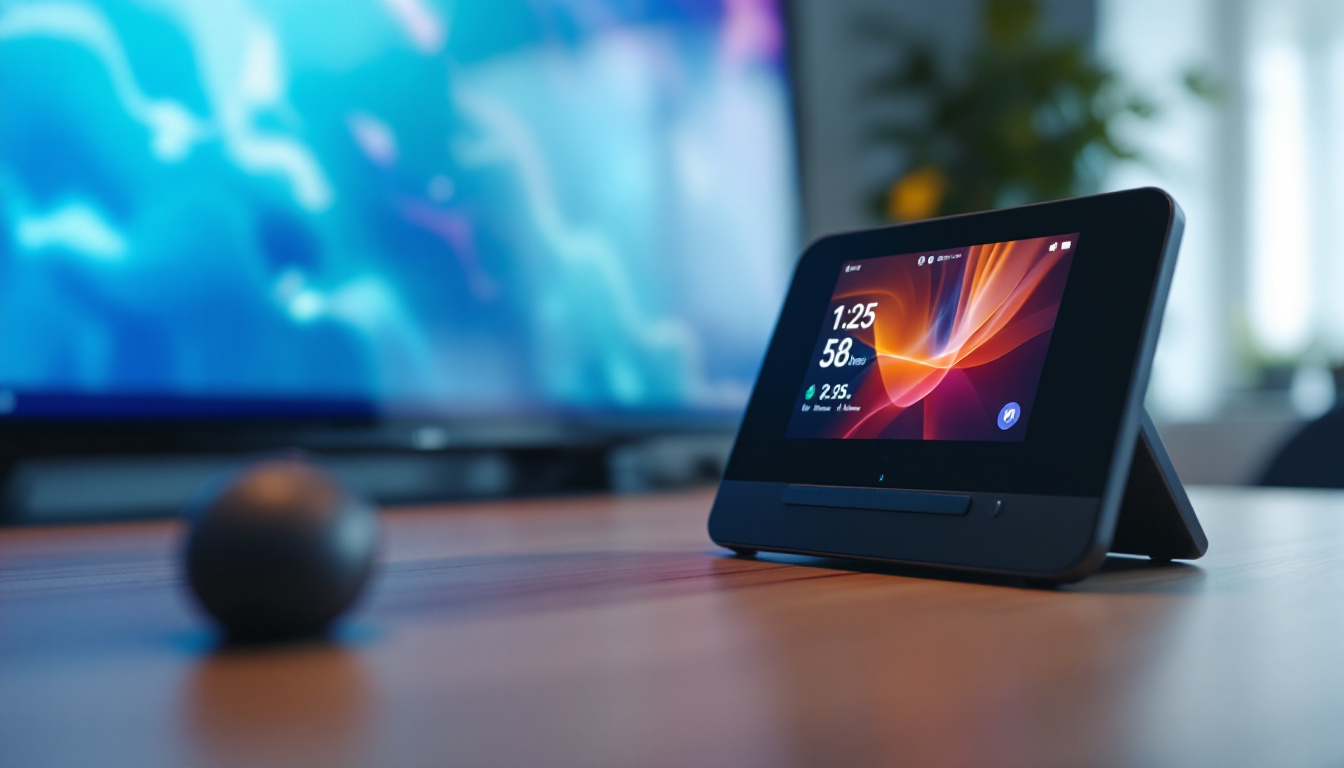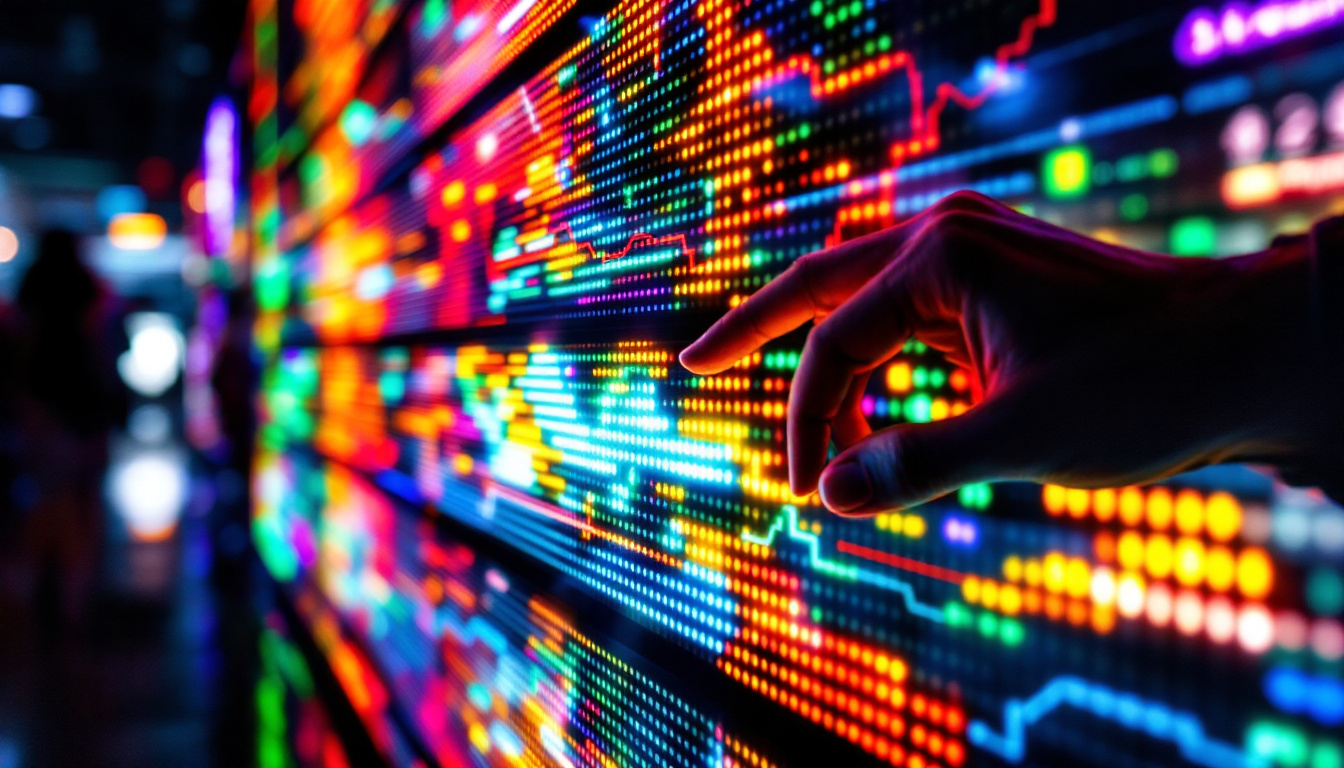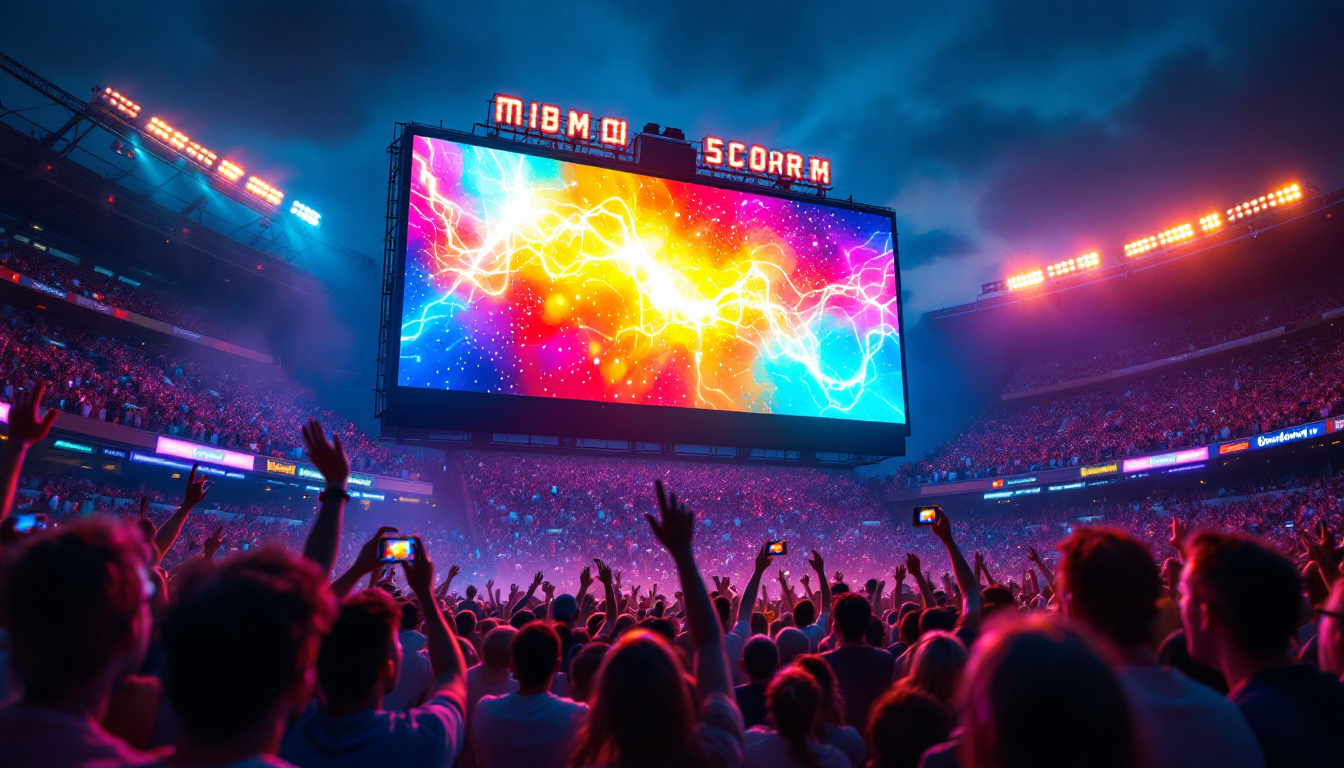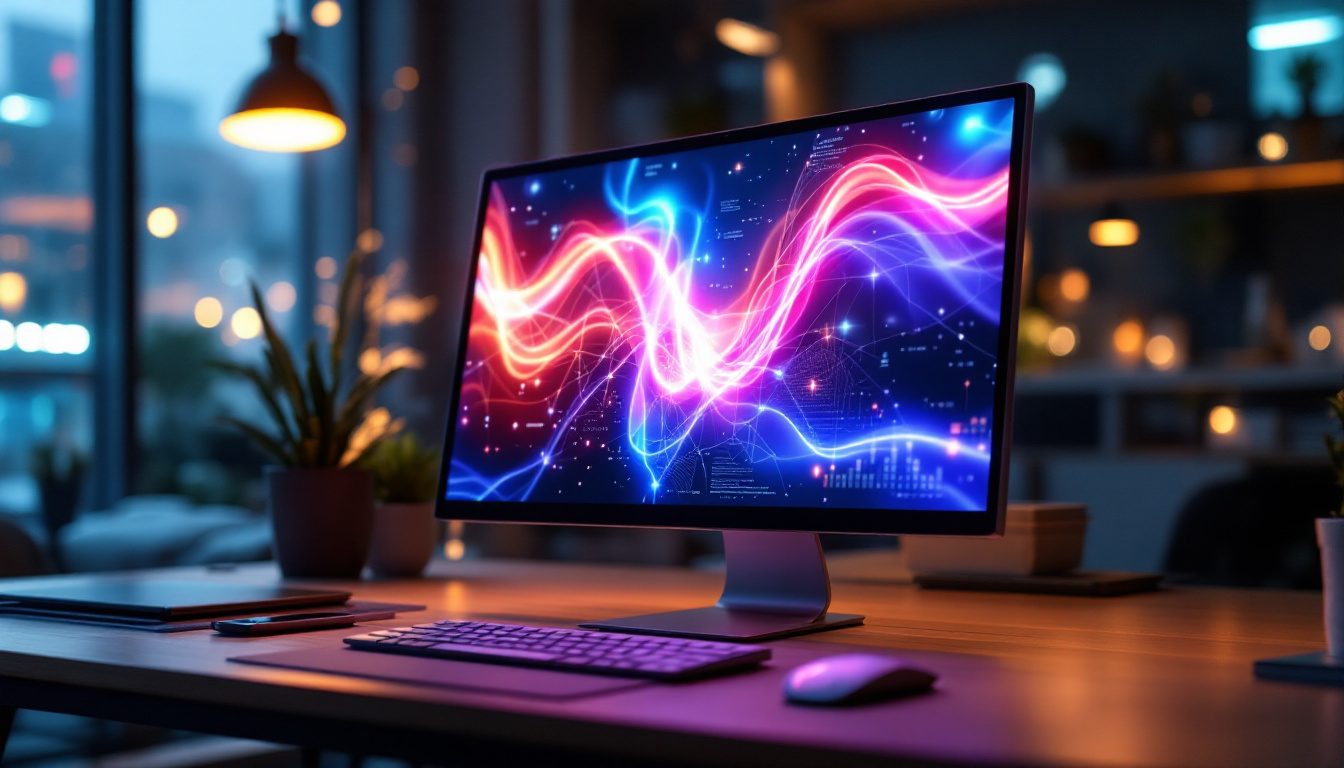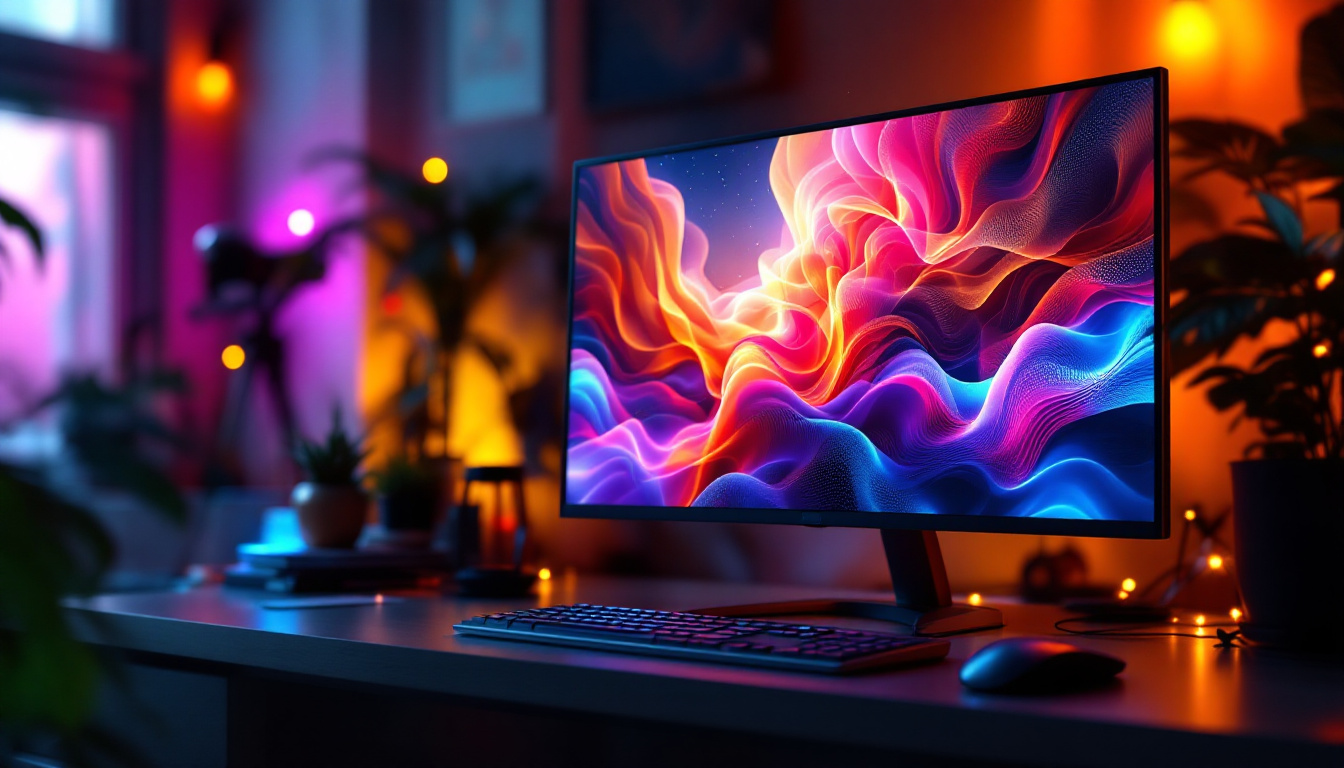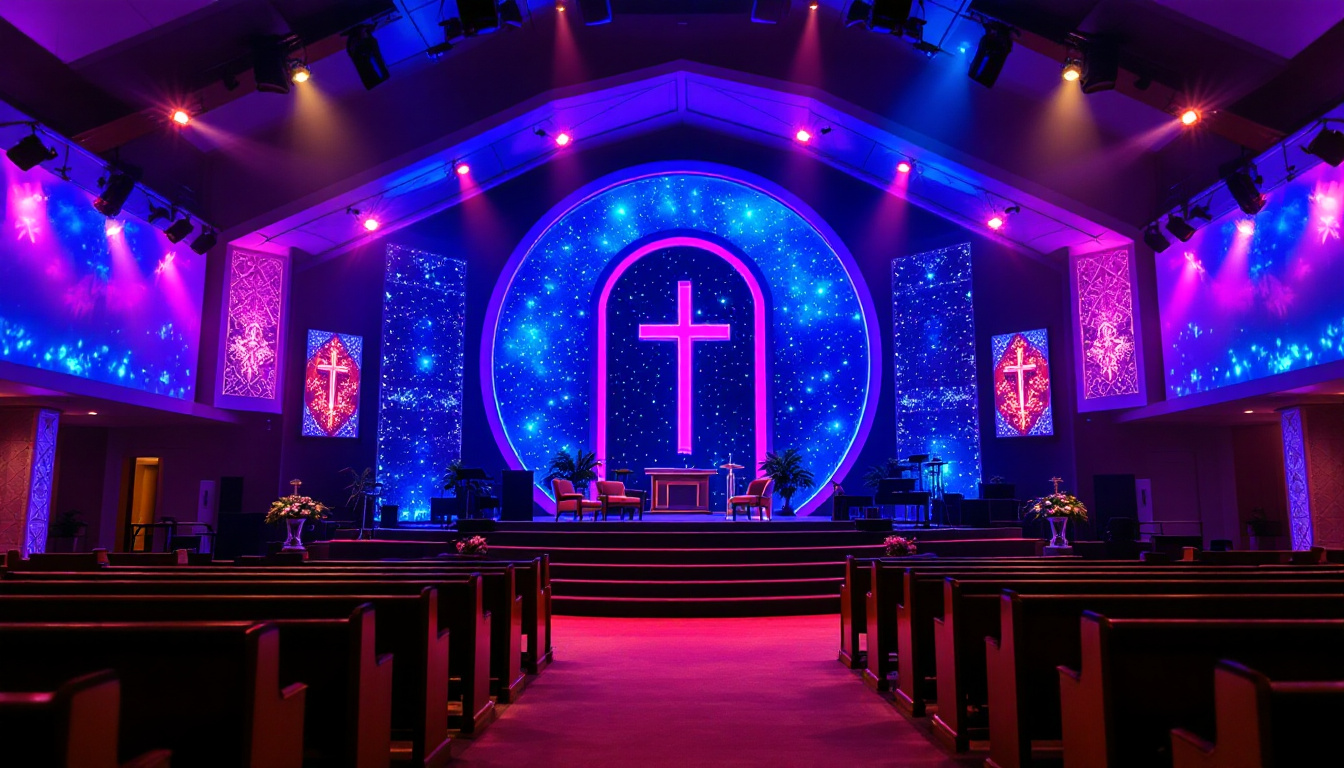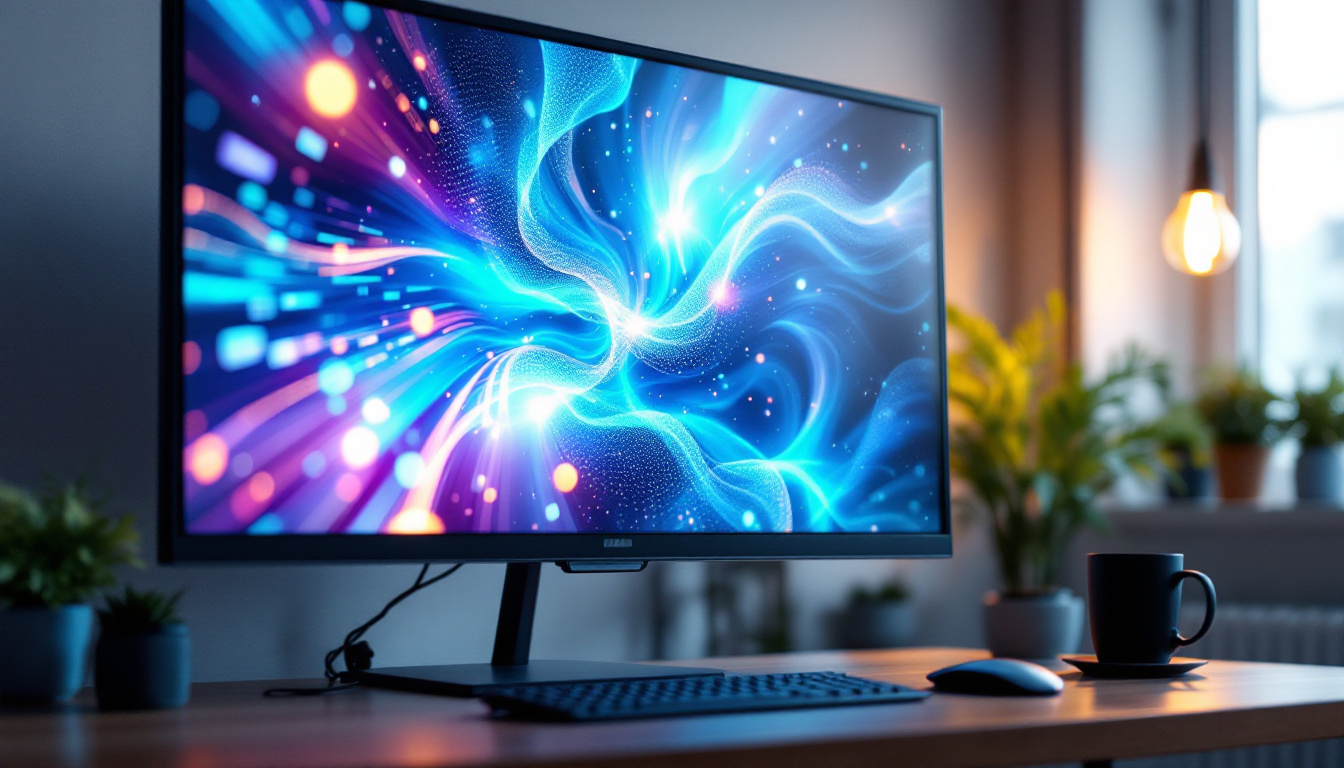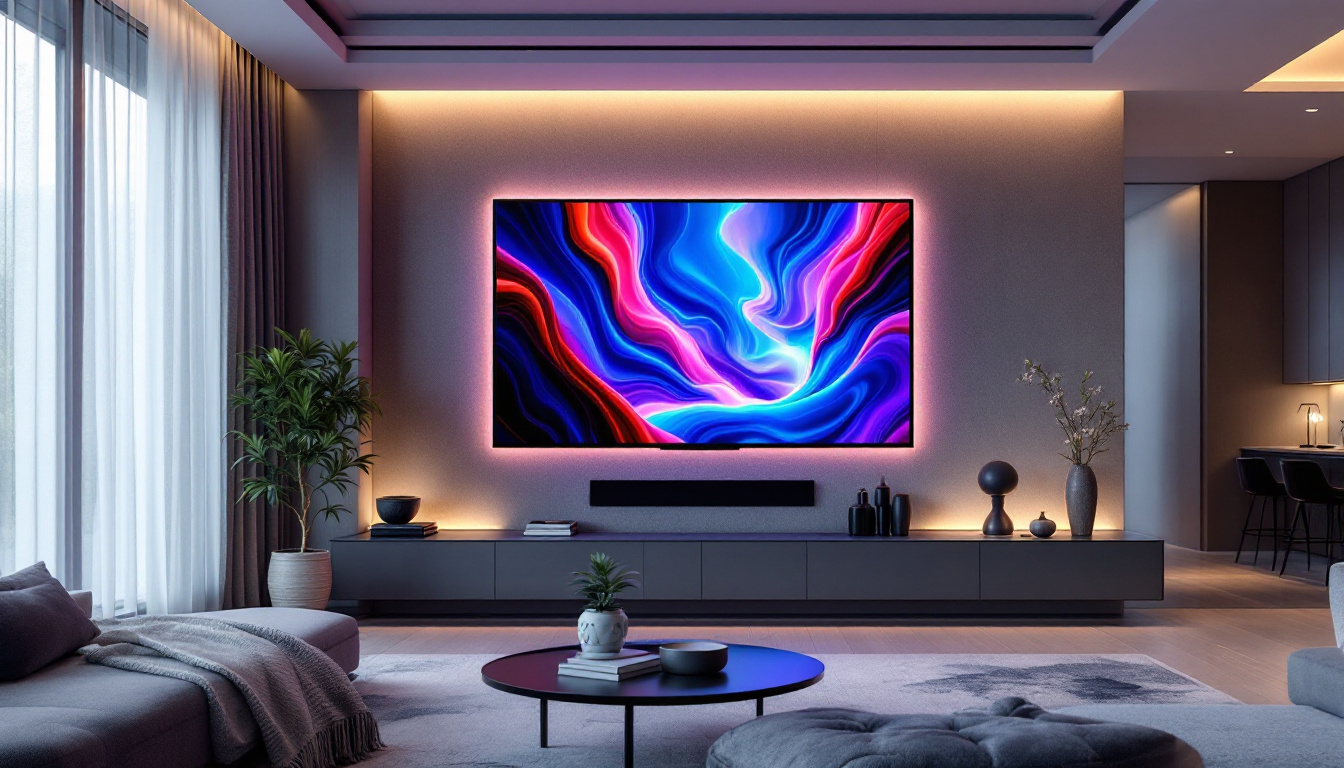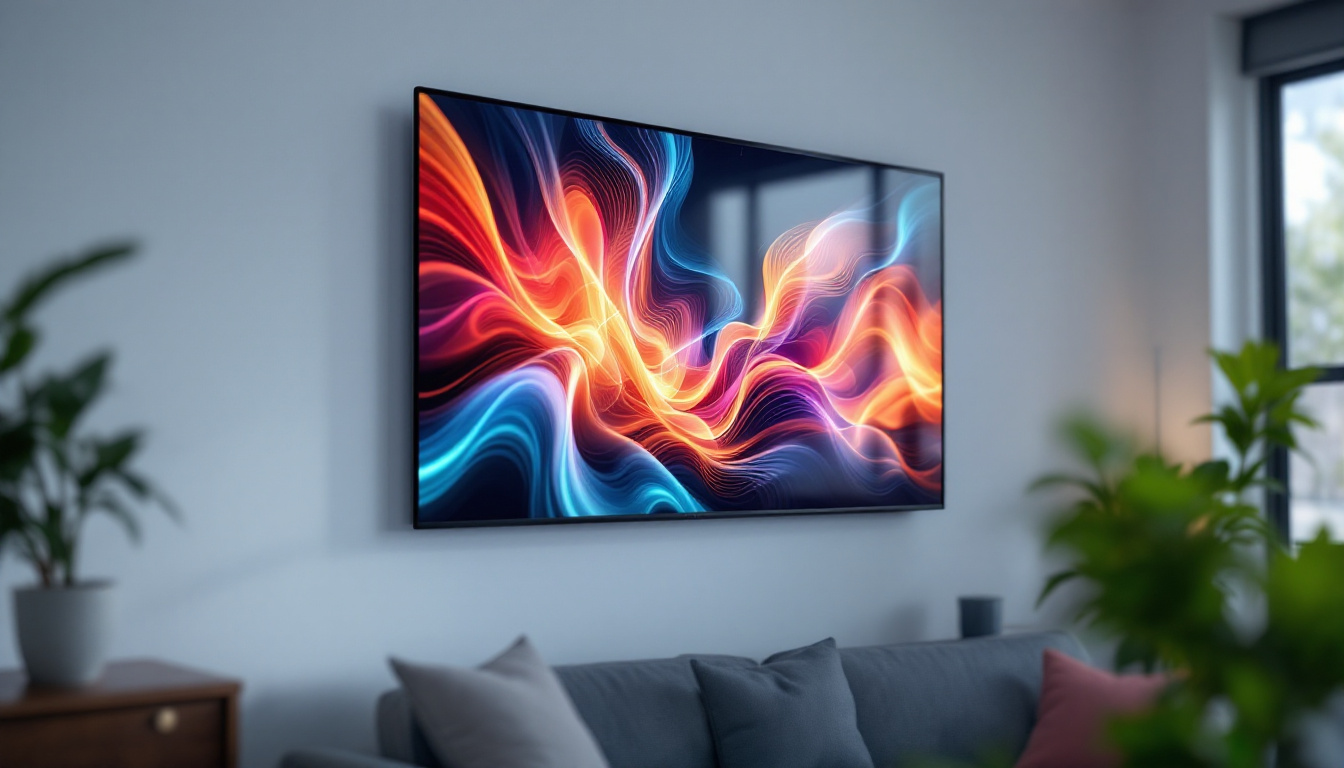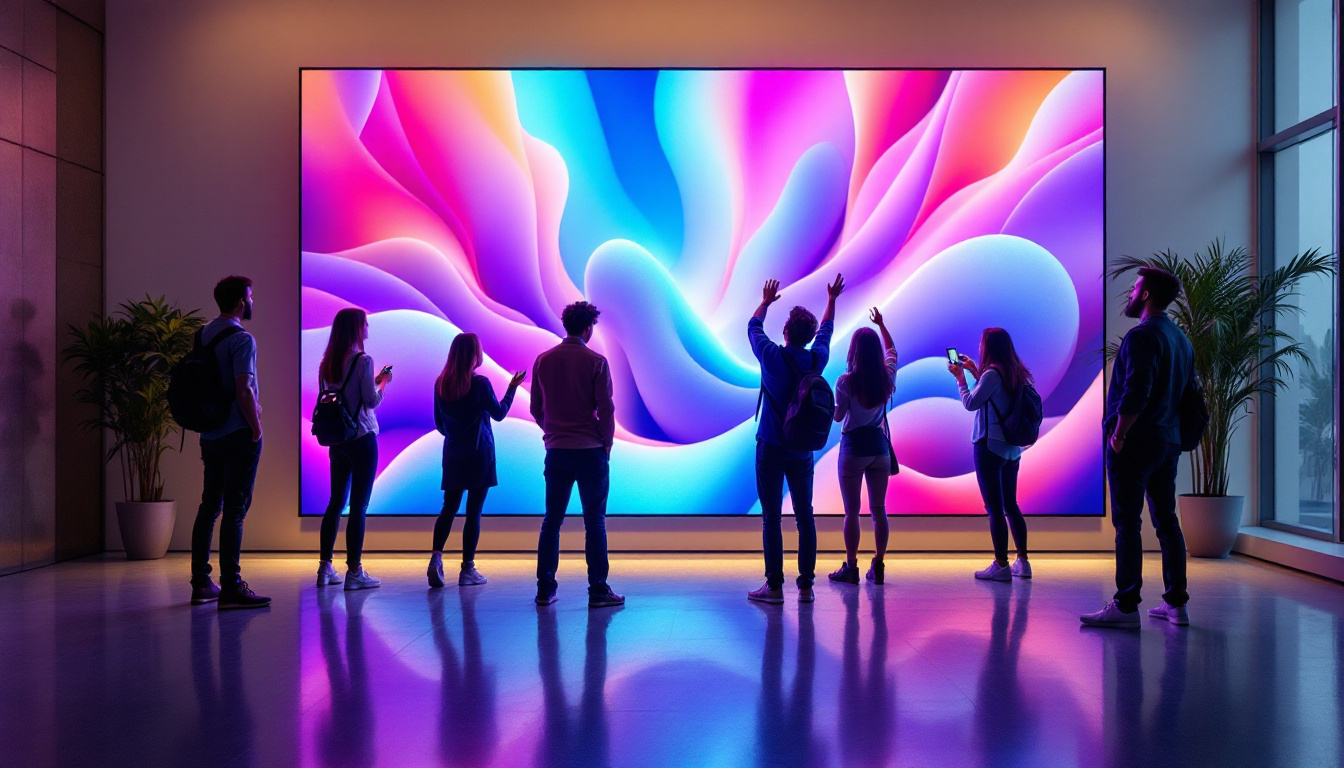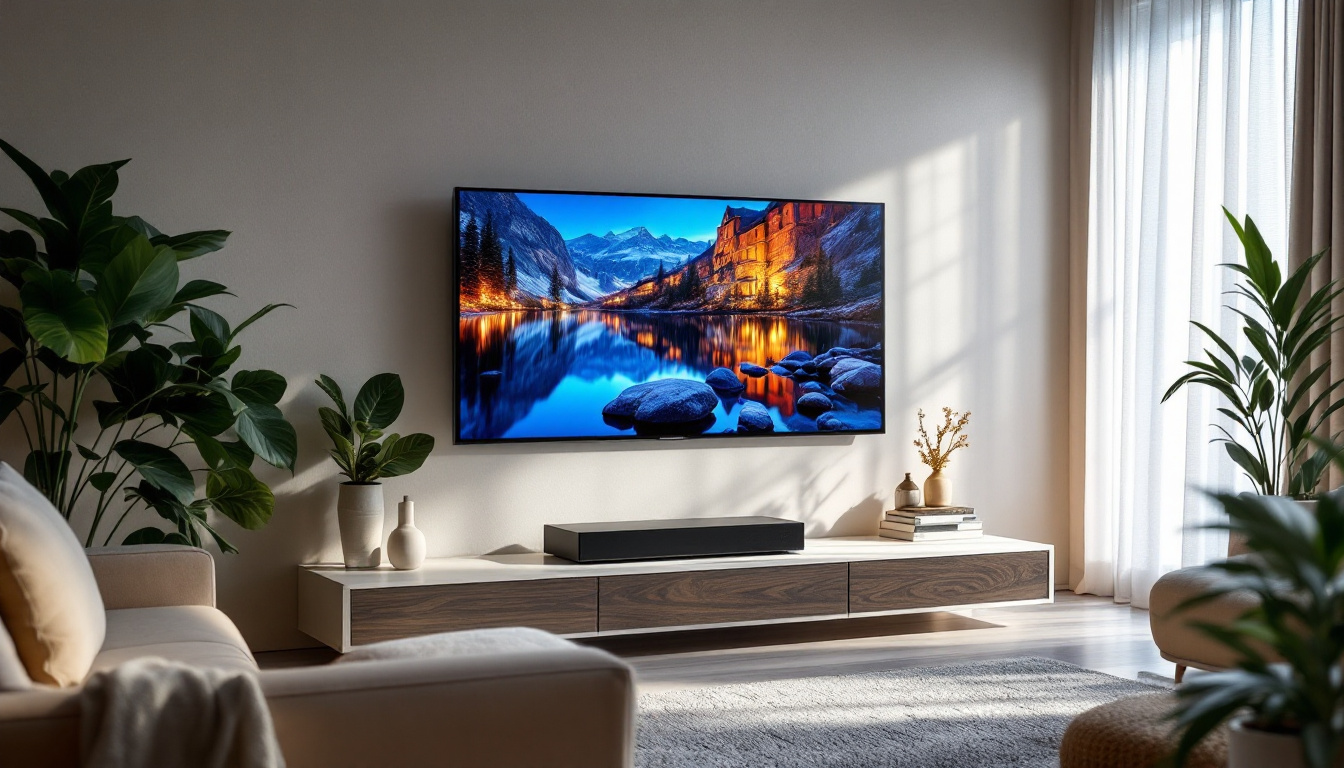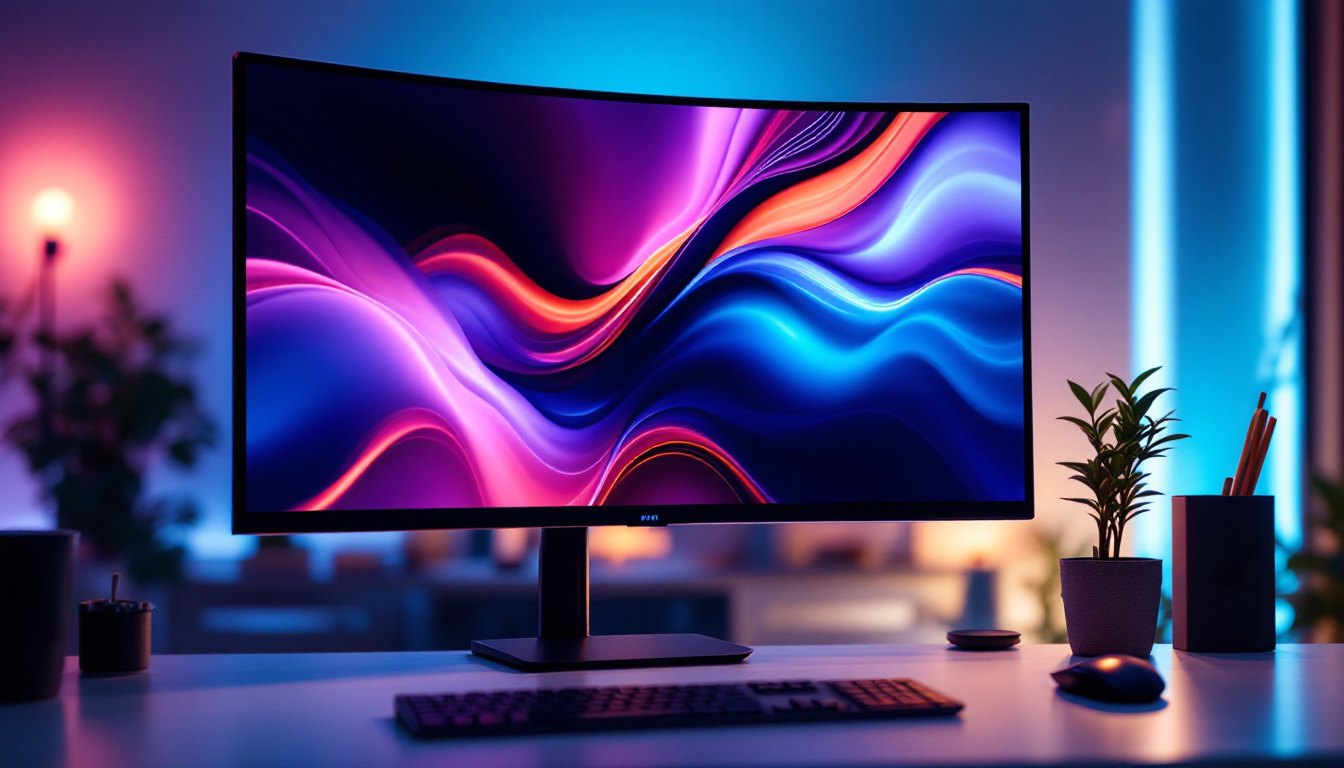In today’s fast-paced digital world, the demand for high-quality visual displays is greater than ever. As technology evolves, so does the way we consume media. The modular media center, equipped with LED displays, has emerged as a revolutionary solution for both commercial and personal use. This article delves into the intricacies of modular media centers, focusing on the advantages and functionalities of LED displays.
Understanding Modular Media Centers
Modular media centers are designed to provide a flexible and scalable solution for displaying content in various environments. Whether in corporate settings, retail spaces, or home theaters, these systems can be tailored to meet specific needs. The modularity aspect allows for easy upgrades and customization, making them a popular choice among businesses and tech enthusiasts alike.
The Concept of Modularity
At the heart of modular media centers is the concept of modularity, which refers to the ability to assemble and disassemble components as needed. This flexibility allows users to create a display that fits their unique space and requirements. For example, a retail store might opt for a larger display during peak shopping seasons and scale down during quieter times.
Moreover, modular designs facilitate easy repairs and upgrades. If a particular section of the display malfunctions, it can be replaced without the need to overhaul the entire system. This not only saves time but also reduces costs associated with maintenance. Additionally, the modular approach encourages innovation, as manufacturers can introduce new components or technologies without requiring customers to invest in entirely new systems. This adaptability ensures that users can stay at the forefront of technological advancements without incurring substantial expenses.
Applications of Modular Media Centers
Modular media centers find applications in a variety of sectors. In corporate environments, they are often used for presentations, video conferencing, and digital signage. Retailers leverage these systems to showcase products and promotions, enhancing customer engagement. Additionally, modular media centers are becoming increasingly popular in educational institutions, where they serve as dynamic teaching tools.
Home theaters are another area where modular media centers shine. With the ability to customize screen size and layout, users can create an immersive viewing experience tailored to their preferences. This adaptability is a key selling point for many consumers. Furthermore, the integration of smart technology into these systems allows for seamless connectivity with various devices, enabling users to stream content directly from their smartphones or tablets. This level of convenience not only enhances the viewing experience but also encourages social interactions, as friends and family can easily share their favorite shows and movies during gatherings.
Moreover, the aesthetic appeal of modular media centers cannot be overlooked. Many designs prioritize sleek, modern aesthetics that can complement any interior décor. Customizable finishes and colors allow users to match their media center with existing furniture or branding, making it not just a functional piece of technology but also a stylish addition to any space. As a result, businesses and homeowners alike are increasingly recognizing the value of modular media centers as both practical solutions and design elements that enhance their environments.
LED Displays: The Heart of Modular Media Centers
LED (Light Emitting Diode) displays are integral to the functionality of modular media centers. Known for their vibrant colors, high brightness, and energy efficiency, LED displays have transformed the way visual content is presented. Understanding the technology behind LED displays is crucial for appreciating their role in modular media centers.
How LED Displays Work
LED displays consist of an array of tiny light-emitting diodes that work together to produce images. Each diode can emit various colors, allowing for a wide spectrum of hues and shades. When combined, these diodes create a cohesive image that can be viewed from different angles, making them ideal for large-scale displays.
One of the standout features of LED technology is its ability to maintain high brightness levels, even in well-lit environments. This characteristic makes LED displays suitable for both indoor and outdoor applications, ensuring that content remains visible regardless of ambient lighting conditions.
Advantages of LED Displays
LED displays offer numerous advantages over traditional display technologies. First and foremost, they are energy-efficient, consuming significantly less power than older technologies like LCD or plasma displays. This efficiency not only reduces operational costs but also contributes to a more sustainable approach to technology.
Additionally, LED displays boast a longer lifespan, often exceeding 100,000 hours of use. This durability means that businesses and consumers alike can enjoy high-quality visuals without the frequent need for replacements. Furthermore, LED displays are lightweight and slim, allowing for easier installation and integration into various settings.
Choosing the Right Modular Media Center
Selecting the appropriate modular media center involves considering several factors, including the intended use, space constraints, and budget. With a plethora of options available, making an informed decision is essential for maximizing the benefits of the investment.
Assessing Your Needs
Before diving into the purchase of a modular media center, it’s crucial to assess specific needs. For instance, a business focused on presentations may require a different setup than a retail store aiming to attract customers. Understanding the primary purpose of the media center will guide the selection process and ensure that the chosen system aligns with business objectives.
Additionally, evaluating the available space is vital. Modular media centers can be configured in various ways, but it’s important to ensure that the chosen setup fits seamlessly within the environment. Consider factors such as viewing distance, wall space, and potential obstructions that could affect visibility.
Budget Considerations
Budget plays a significant role in the decision-making process. While modular media centers can be an investment, there are options available across a range of price points. It’s essential to balance cost with quality and functionality. Investing in a higher-quality LED display may yield better long-term results, reducing the need for frequent replacements or repairs.
Exploring financing options or leasing agreements can also make high-end modular media centers more accessible for businesses looking to enhance their visual capabilities without a substantial upfront investment.
Installation and Maintenance of Modular Media Centers
Once a modular media center has been selected, the next step is installation. Proper installation is crucial to ensure optimal performance and longevity of the system. Additionally, ongoing maintenance is necessary to keep the display functioning at its best.
Installation Best Practices
When installing a modular media center, following best practices can make a significant difference in its effectiveness. First, ensure that the installation site is adequately prepared, with appropriate power sources and mounting options available. Collaborating with professional installers can also help avoid common pitfalls and ensure that the display is set up correctly.
Moreover, consider the layout and configuration of the display. Whether opting for a single large screen or multiple smaller panels, the arrangement should facilitate easy viewing from various angles. This consideration is particularly important in environments with high foot traffic, such as retail stores or event venues.
Routine Maintenance Tips
Maintaining a modular media center is essential for preserving its functionality and appearance. Regular cleaning is one of the simplest yet most effective ways to ensure that the display remains in top condition. Dust and debris can accumulate on the surface, affecting image quality. Using appropriate cleaning solutions and microfiber cloths can help keep the display pristine.
Additionally, scheduling routine checks for software updates and hardware inspections can prevent potential issues before they escalate. Many modular media centers come with monitoring systems that alert users to performance irregularities, allowing for timely interventions.
Future Trends in Modular Media Centers and LED Displays
The landscape of modular media centers and LED displays is continually evolving. As technology advances, new trends are emerging that promise to enhance user experiences and expand the possibilities of visual displays.
Integration with Smart Technology
One of the most significant trends is the integration of smart technology into modular media centers. This includes the ability to control displays remotely, access content via cloud-based platforms, and utilize artificial intelligence for content management. Such advancements streamline operations and enhance the overall user experience.
Furthermore, smart technology allows for real-time updates and adjustments, making it easier for businesses to adapt their messaging based on current events or customer behavior. This level of responsiveness can significantly improve engagement and effectiveness.
Enhanced Interactivity
Another trend gaining traction is the push towards more interactive displays. Touchscreen capabilities, augmented reality, and other interactive features are being integrated into modular media centers, allowing users to engage with content in new and exciting ways. This shift towards interactivity not only captivates audiences but also provides valuable data on user preferences and behaviors.
As consumers increasingly seek immersive experiences, the demand for interactive modular media centers is likely to grow, pushing manufacturers to innovate and enhance their offerings.
Conclusion
Modular media centers equipped with LED displays represent a significant advancement in visual technology, offering flexibility, efficiency, and high-quality visuals. Understanding the components and functionalities of these systems is essential for making informed decisions, whether for commercial or personal use.
As technology continues to evolve, the future of modular media centers looks promising, with trends pointing towards smarter, more interactive solutions. By embracing these advancements, businesses and individuals alike can create engaging visual experiences that resonate with their audiences.
Ultimately, investing in a modular media center with LED display technology is not just about keeping pace with current trends; it is about preparing for the future of media consumption and ensuring that visual content remains impactful and relevant.
Discover the Future of Visual Engagement with LumenMatrix
Ready to elevate your media experience with the latest in LED display technology? LumenMatrix is at the forefront of innovation, offering a diverse range of LED display solutions tailored to your unique needs. From mesmerizing Indoor LED Wall Displays to dynamic Outdoor LED Wall Displays, and from versatile Vehicle LED Displays to sleek LED Poster Displays, our mission is to transform your visual communication. Embrace the future with our captivating LED Sports Displays, interactive Floor LED Displays, and the revolutionary All-in-One LED Display. Experience the clarity and impact of our Custom LED Displays and LED Transparent Displays. Don’t just keep up with the trends—set them. Check out LumenMatrix LED Display Solutions today and step into a world where your message shines brighter than ever.


